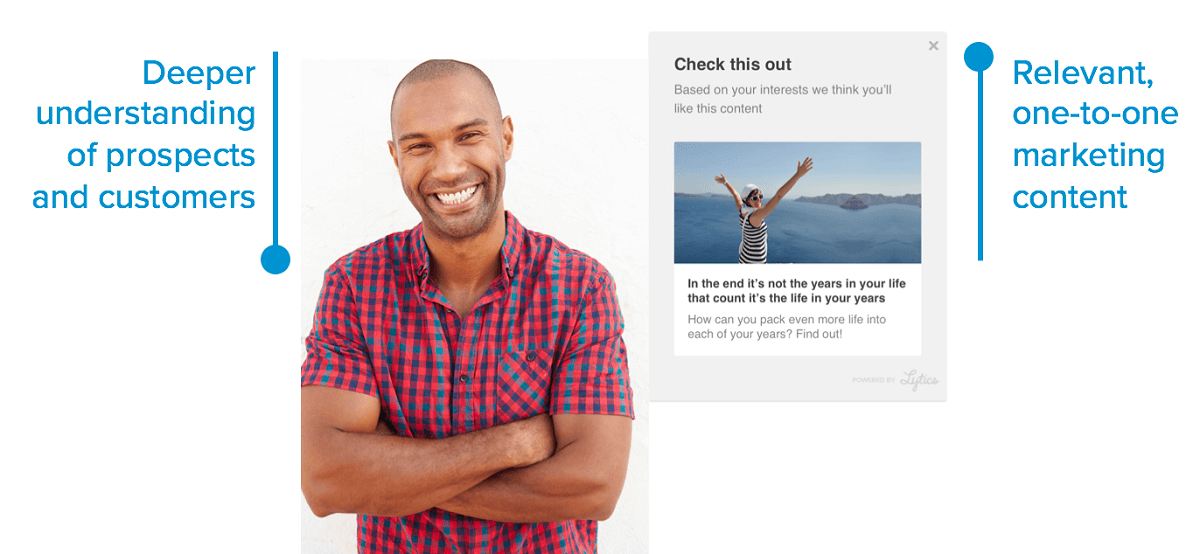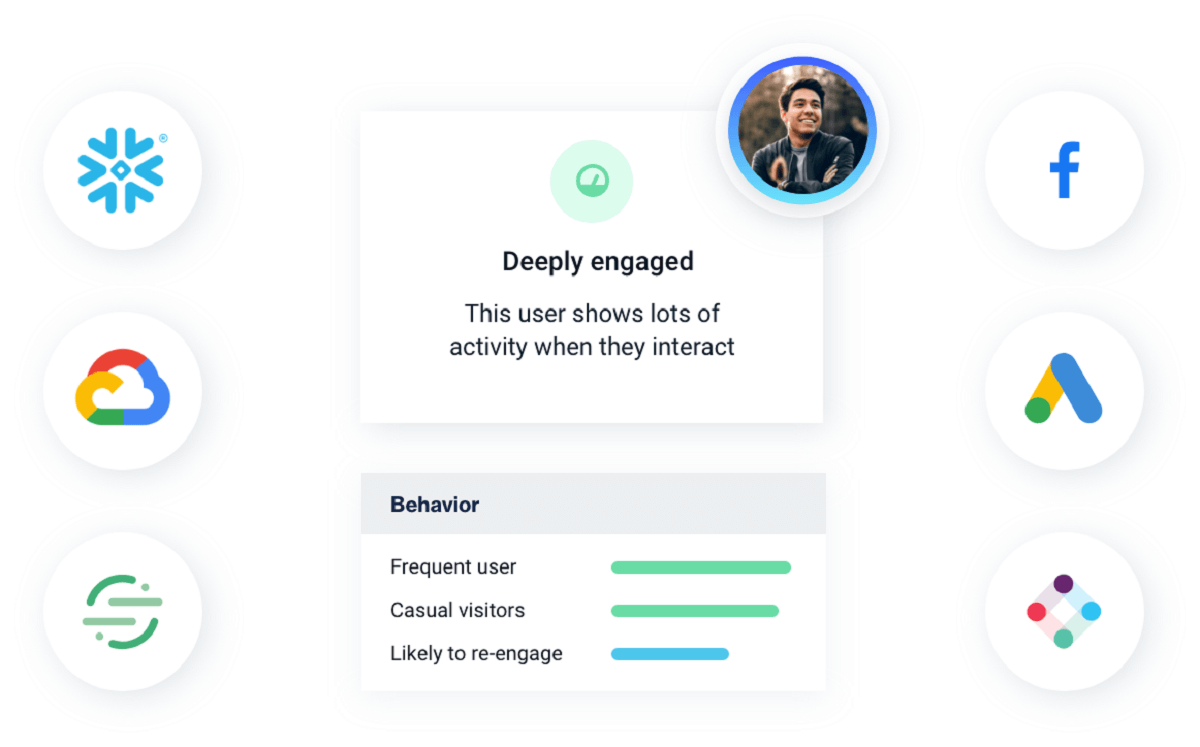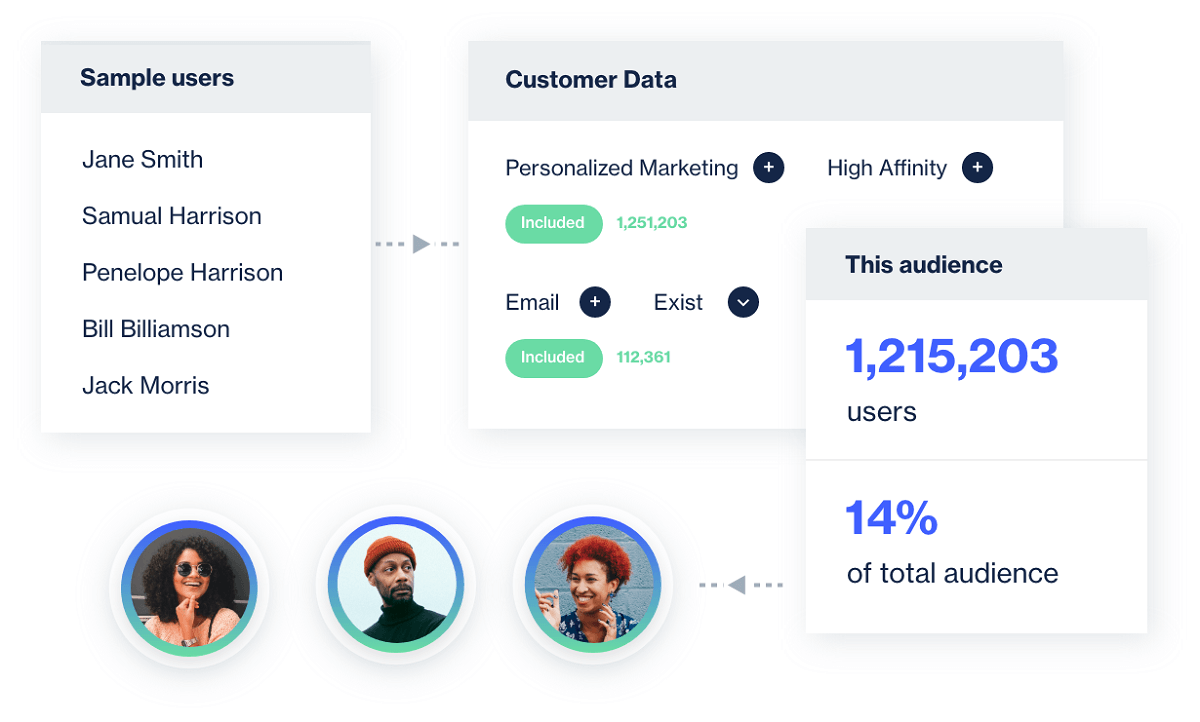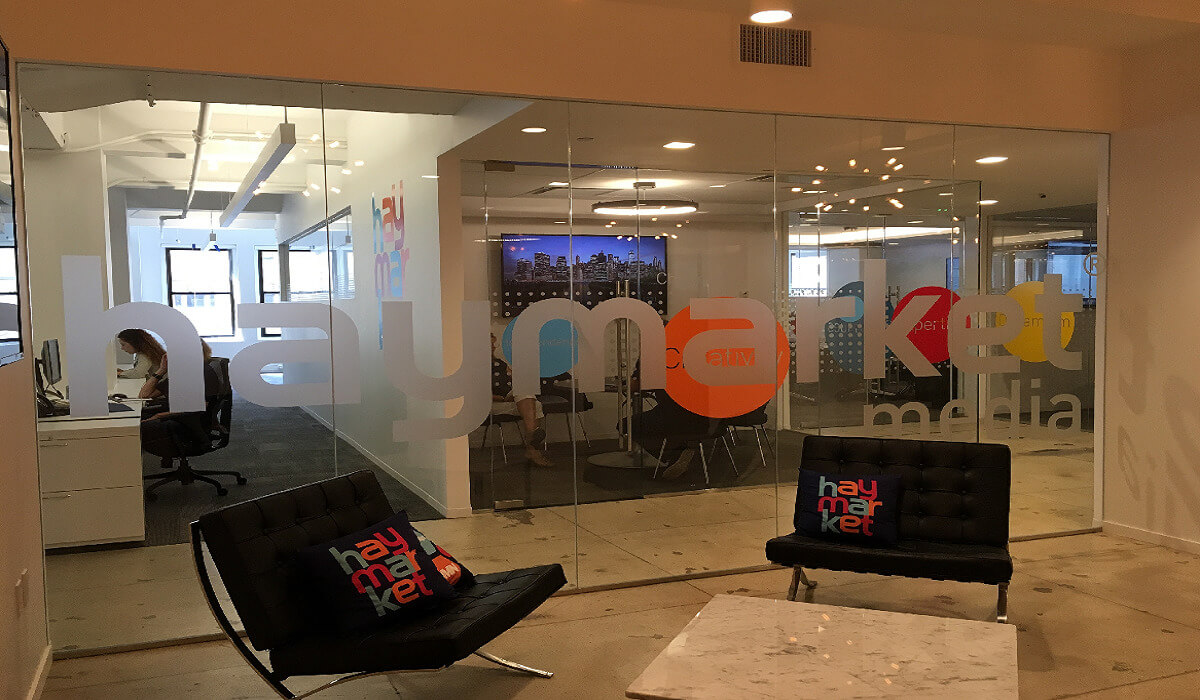Customer data platform: Revolutionizing the relationships between marketers and data
May 18, 2022

Today’s marketers can reach a wide range of people but need a personalized approach in order to impact the right ones. Fortunately, customer data platforms have solved this issue by giving marketers the information they need to communicate with the right potential customers.
So what is a customer data platform? This article gives all the basic details to ensure you’re able to connect with the correct people.
What is a customer data platform?
A customer data platform (CDP) is a software system that simplifies the marketing process using in-depth analysis and personalized data. The key feature of a CDP lies in its ability to collect and interpret data in order to create an accurate customer profile.
Who needs a customer data platform system?
A customer data platform has the potential to help a wide range of company teams, but some will benefit from its impact more directly. This tends to be marketers, since their aim is to boost customer relationships and provide superior user experience throughout different steps of a customer journey.

Marketers working with large amounts of customer data will greatly benefit from the superior data collection processes of a CDP, and also the personalized customer profiles the technology creates. Essentially, any marketer using customer data needs to take the next step by using a CDP.
Lastly, companies subject to different rights privacy laws need a CDP if they’d like to automate their protections against errors that result in lawsuits. A CDP unifies data and simplifies the entire process, ensuring that administrators have full control.
Now let’s check out some of the biggest benefits marketers get from a customer data platform.
Significant customer data platform benefits
There are so many customer data platform benefits available to those willing to try out the system. Here are some crucial ones you need to know about.
Supercharged data processes
A CDP overhauls data processes from so many different angles that it’s a wonder how anyone goes without. It does so in three different ways:
- A CDP offers data collection that shines above other data systems. This is because it centralizes data, making it easier to access and utilize for future projects. It’s clear that both the collection and organization of valuable information is superior when using a CDP.
- CDPs make collected data more accessible. This boosts availability and makes data more useful to a wider variety of company departments, ensuring everyone is pushing forward effectively and without error.
- Customer data platforms remove the dreaded data silos many have unfortunately grown so accustomed to. This has many benefits, but the main one is for customers, who receive much stronger experiences as a result.
Hyper-focused customer experiences
The most oft-referenced benefit of better customer experience resulting from using a CDP are the personalized customer profiles. What pushes them beyond basic profiles of other systems are the in-depth, single customer view profiles that detail someone based on data pulled from all different areas of a database.
These profiles not only serve as a way for marketers to provide that customer with a better experience, but also give them insight into potential future behavior of the customer. The more focused the profiles are built, the better the data is utilized. Because a CDP unifies collected data from a variety of sources, users are able to construct a detailed view of specific customers across more channels. This ties into an improved omnichannel marketing experience as well.

A CDP delivers better marketing and customer experiences across the right devices, in the right places and in the right manner. It offers marketers a chance to take a comprehensive approach to the process without making costly errors that turn the customer off.
Improved customer lifetime value
One of the best ways to improve customer lifetime value is to boost and maintain customer loyalty. Fortunately, a customer data platform goes a long way when it comes to keeping customers around.
This starts with removing the guesswork that often comes from older tech sorting and utilizing customer data. The CDP uses predictive behavior to deliver the most on-point, personalized experience to customers, giving them plenty of reasons to stay loyal.
Lastly, it’s important to note that many elements of a CDP improve customer lifetime value, though often indirectly.
Seamless operations
The final benefit we’ll discuss is the level of effective company-wide operations resulting from the use of a CDP. This is one of the most overlooked benefits. By having software capable of connecting numerous tools, organizations are able to accomplish important tasks and projects much faster.

A CDP also minimizes potential time-consuming integration implementation and maintenance. The system then manages all information from a single location and applies it to different company technology and tools.
With these CDP benefits in mind, let’s make sure you understand the various types of data one might need to address.
A breakdown of different data types
To understand customer data, it helps to look at the different subsections of this important information. The following are three of the most common data types that CDPs often pull information from.
Demographic data
Demographic data includes personal indicators such as:
- Age
- Ethnicity
- Education levels
- Employment status
This type of data is a general yet important part of creating effective customer profiles within a customer data platform system.
Behavioral data
Behavioral data is one of the most prevalent and available sources of data collected about customers. It gives in-depth insight that other forms of information do not. Behavorial data offers valuable information such as:
- How a user interacts when navigating the web on different mobile devices
- Which sites a user visits
- Which types of applications a user prefers
Identity data
Identity data is in the same general information category as demographic data, but there are a few minor differences. It handles elements such as:
- Personal identifiers (name, titles)
- Social media presence
- Geographic information
It’s important to note that data, including customer data, available to marketers is growing dramatically. Without the right software to handle it, the data gets stored in silos, which don’t offer harmonious experiences to customers throughout different business touchpoints. Fortunately, a customer data platform solves this problem.
You may be thinking that a customer data platform sounds similar to a CRM or DMP. Let’s make sure you understand the key differences.
The difference between CDP and CRM
Let’s break down the main differences between a CDP and CRM. A customer relationship management system (CRM) handles customer data in order to help businesses improve their relationship with customers. The CDP acts in the same vein, but with a much more specific and complex focus.
- The CRM collects a more specific, narrower group of data. On first glance, this seems like a positive, but the reality is this – catching a larger group of customer data (which a CDP does) allows for a more precise customer profile building.
- The CDP gives better customer insight. A CDP is the superior system for informing marketers of key factors pulled from the data.
- CRMs are restricted to online data collection. The CDP is programmed to pull data from both online and offline sources, on the other hand.
CRM is effective technology when it comes to handling large amounts of information and customers, but it does so in a manner much differently than a customer data platform.

Before we break down how to choose the right customer data platform system, let’s take a look at the key differences between CDP and DMP.
The difference between CDP and DMP
Even though they both are marketing-based data systems, there are some big differences between a CDP and DMP, mainly in the way information is utilized by each system. A data management platform (DMP) helps businesses sort, access and gather valuable information.
- DMPs are restricted to less-personalized data. It gathers data from a wide variety of sources, including from different connections and mobile devices.
- A DMP handles only a small portion of the entire CDP process. Whereas a DMP collects data and moves it to the desired departments and tech platforms, a CDP interprets this data and gives a unified solution to marketers.
- CDPs are able to pull information for both known and unknown users. The DMP is focused on using cookies and other less specific avenues.
Make sure you have a firm grasp of the difference between a DMP and CDP before beginning your other CDP research. Now that you understand how a customer data platform stands out among its peers, let’s dive into how to select the right system for you.
Choosing the correct customer data platform
Even though everyone’s needs are different, that doesn’t necessarily mean that one CDP system will work for one user and not the next. In fact, there are some clear standout technology features to consider when selecting your CDP.
In order to stay ahead of the curve, you’ll need a customer data platform that uses the latest tech and has innovative features.

Plenty of CDP systems are able to do the basics, but that just won’t cut it any longer. Make sure that when you select your customer data platform system, it focuses on data science, seamless integrations and other customer-driven factors.
This is why marketers overwhelmingly prefer the intangibles Lytics offers over the competition – their features are designed to push the envelope of what modern tech can offer. With things like artificial intelligence and real-time personalization, the Lytics CDP system has given marketers the most precise versions of customer profiles.
Real-life examples
One of the best ways to learn about something is to see it in action. As such, here are some examples of CDP use cases that show it helping companies in different areas.
Regit

Regit, the popular digital car selling and buying brand, thrives on their ability to give their users a personalized experience which results in an easier path to the right car. However, they were finding some difficulties personalizing with the data systems they had in place. Fortunately, the Lytics customer data platform system integrated customer information with other social media platforms, making for better marketing which brought better leads to Regit.
Haymarket Media

Email marketing campaigns can sometimes leave marketing teams wondering where they went wrong, unsure of why they’re not getting the amount of engagement expected. For Haymarket Media, which delivers essential digital news and training to the healthcare sector, this kind of uncertainty was not an option. By using Lytics CDP, their email clickthrough rates skyrocketed, thanks to the data science of CDP.
Industry dive

The worst thing about creating amazing content is the idea that it’s not being read by people who can appreciate it. Industry Dive, a company committed to creating original content for a variety of industries, wanted to make sure that site visitors were fed content they would personally appreciate. Fortunately, CDP gave them deeper insights into reader behavior, which increased engagement drastically.
Closing thoughts
Ultimately, marketers won’t please customers without the right customer data platform system. Make sure that whichever CDP you choose breaks free from convention and continually moves you forward.

